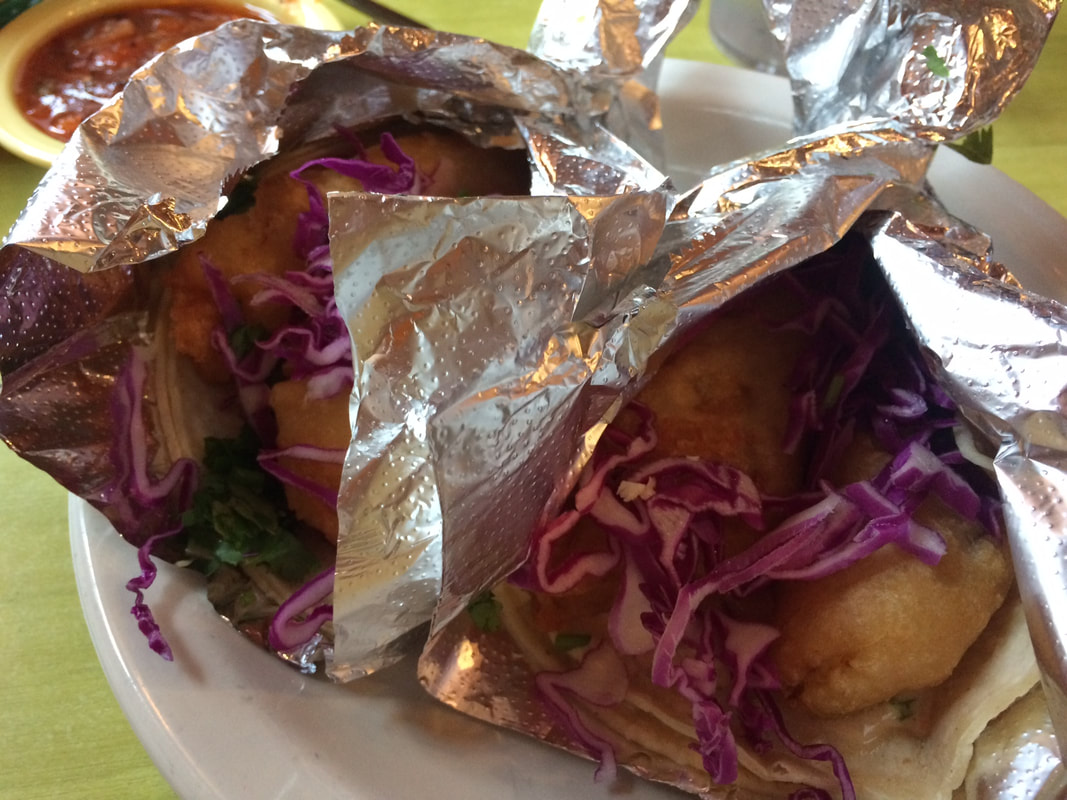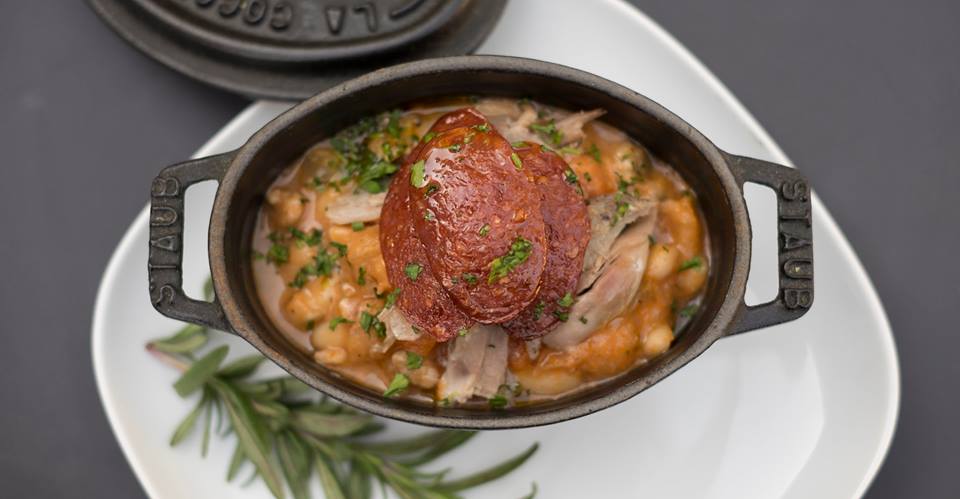If presented in a bowl or plate, the olive oil was often studded with herbs, garlic and sometimes balsamic vinegar. The use of the sweet vinegar became another hallmark of American Italian dining. Balsamic vinegar in its truest, most artisanal form, was nearly unknown outside of its home in and around the city of Modena in Emilia-Romagna until it began to be imported into the U.S. and used at the most discerning restaurants around 1980. As it took years to make small amounts, it was expensive, but its concentrated flavor went a long way as a condiment. As the original aged versions gained traction with Americans and the American press, commercial vinegars bearing the name “balsamic vinegar,” tasting vaguely similar and far less pricey, began to be produced. It was with these that most American diners grew to enjoy, both with bread and more so mixed with salads.
Predating both the table presentation of olive oil and the familiarity with this uniquely Italian-esque vinegar was the Italian steakhouse, at least in America. There are no steakhouses in Italy. Outside of the Florentines and later other Tuscans, there has been no steak tradition in Italy. In fact, the bistecca in the famous bistecca alla fiorentina comes from the English “beefsteak” because there was no suitable Italian name for the dish. “Being American is to eat a lot of beef steak,” as Kurt Vonnegut rightly observed, and Italian-Americans found it both profitable and enjoyable to serve steak. The first might have been The Palm in Manhattan that opened in the 1920s, even if it did not consciously start out as a steakhouse. It was later joined, especially after 1990, by numerous others primarily in the northeast and midwest. These served similar preparations and steaks as the typical grand American steakhouses. What made them “Italian” was that the menu was filled out with a number of rote Italian-American dishes, and usually the restaurant’s full name included the phrase, “Italian Steakhouse.”
Frank Sinatra was a reportedly a big fan of one of the longtime Italian steakhouses, Gene & Georgetti’s in Chicago. Sinatra was reportedly a big fan of countless Italian-themed eateries. In fact, “Frank Sinatra ate here” might only be rivaled by “George Washington slept here” in the northeast. According to the dedicated road food warriors, Jane and Michael Stern, who would know better than anyone, “there are countless places between Philly and Boston (not to mention some in Vegas and Palm Springs) where, if you judged by the pictures on the wall, you'd have to say that Frank was the management's best friend.” A tree of decades-old Italian-American eateries in the Los Angeles area can trace their heritage back to Sinatra beginning with Hollywood’s Villa Capri. Though Sinatra was, by all regards, a terrific customer known for his extremely generous tipping, he also brought a tremendous amount of star power and glamour. He was, after all, one of the most famous Americans since the time he burst on the scene in the early 1940s until his death in the late 1990s. The advertisement of a restaurant’s connection to Sinatra was and continues to be a recognizable feature of the Italian restaurant here, just as it once was with previous Italian-American heroes, Joe DiMaggio and Enrico Caruso.
Sinatra’s fixture is more permanent, because Sinatra’s music – and in some sense his persona – has become intertwined with Italian-American food and joyous carousing. Sinatra might be as much a part of the American Italian restaurant as red sauce. His songs and those of the other popular Italian-American singers interpreting the Great American Songbook after the Second World War have become a requisite part of the soundtrack of Italian-themed restaurants. Sinatra was just the best and has been the most played, but he is often joined by Dean Martin, Tony Bennett, Louis Prima, Bobby Darin, Jerry Vale, Jimmy Rosselli, Mario Lanza, Perry Como, Frankie Laine, and Vic Damone as part of the ambiance when out at an Italian restaurant.
Though American-bred singers seemed natural complements to the restaurants serving the food, what might be surprising is the disdain that the vast majority of Italians have to Italian food with any American concessions. Most Italians absolutely cannot stand Italian-American food, or at least they say so. This seems to stem largely from the fact that Italians have possibly the narrowest palates in the world. That and their intense local pride fostered by history and geography. They complain bitterly about the preparations of dish a town over in Italy if it is slightly different than their own. Of course, they are typically quick to complain about restaurants here.
This was adapted from my eBook, From the Antipasto to the Zabaglione: The Story of Italian Restaurants in America.





 RSS Feed
RSS Feed

